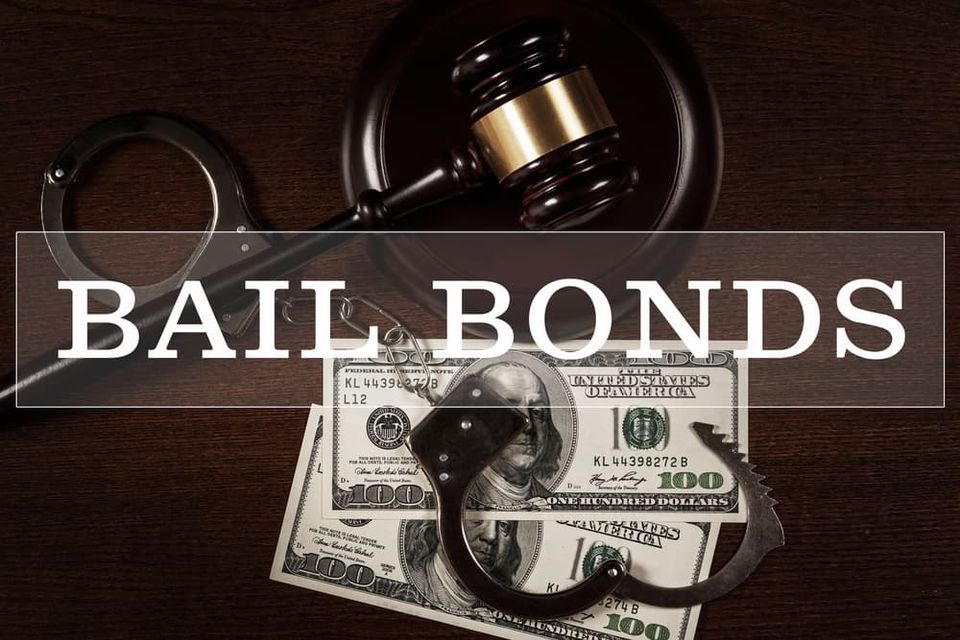Comprehending the Bond Bonds Process: What You Need to Know
Browsing the bail bonds procedure is an essential element of comprehending the more comprehensive legal system for those affected by an arrest. From the preliminary phases of determining bond total up to the ins and outs of engaging a certified bail bondsman, each step carries substantial ramifications. The responsibilities of co-signers add an additional layer of intricacy that must be meticulously taken into consideration. As we check out these aspects, it ends up being clear that realizing the nuances of this process is important for anyone involved, especially when unanticipated challenges may develop. What are the vital aspects that can influence the end result?
What Is Bond?
Bond is a legal system that allows a private accused of a crime to protect their release from safekeeping while awaiting test. This procedure is essential in stabilizing the rights of the charged with the rate of interests of public security and the judicial system. When a person is arrested, they might be called for to remain behind bars until their court date unless they can publish bail, which works as a monetary assurance that they will return for their arranged hearings.
The quantity of bail collection can vary dramatically based upon several factors, consisting of the intensity of the supposed offense, the offender's criminal background, and potential trip risk. Bail can take different types, such as cash, residential property, or a bail bond offered by a licensed bond bondsman. The last choice permits people to pay a percentage of the bail total up to a bail bondsman, who then assumes obligation for the total bail quantity.

How Is Bond Set?
The procedure of setting bail entails a number of vital considerations that show the nature of the alleged offense and the offender's conditions. Juries examine different factors, consisting of the intensity of the crime, prior criminal background, trip danger, and connections to the community. Commonly, more major costs, such as felonies, may cause greater bail quantities compared to violations.
In many jurisdictions, bail routines give a guideline for identifying bail quantities based upon the specific fees. Courts preserve discretion to deviate from these schedules based on specific case information. For example, if an offender positions a significant flight risk or has a background of failing to appear in court, a court may set a higher bond or refute it altogether.
A court might consider the accused's capability to pay bond and the potential impact of bail on their employment and family members. Understanding these aspects can help accuseds and their families prepare for the bail setup process effectively.
Function of Bail Bondsmen
When a judge establishes bond, not all accuseds can manage to pay the sum total upfront. In such situations, bondsman play a vital function in the judicial procedure. Bail Bonds Akron Ohio. A bondsman is a qualified professional who supplies an economic guarantee to the court on behalf of the accused, enabling them to secure their launch from guardianship while awaiting trial
Normally, the bond bondsman charges a non-refundable fee, usually a percentage of the overall bail quantity, which functions as their revenue for the solution provided. This charge differs based on territory and the bail bondsman's plans. When the charge is paid, the bail bondsman posts the bond with the court, making it possible for the defendant to be launched.
In addition to financial assistance, bail bondsmen usually monitor the defendants, guaranteeing they adhere to court appearances. If the defendant fails to show up, the bondsman can nail them and recoup the bail amount, alleviating their economic risk. Therefore, bond bondsmen play a vital duty in stabilizing the rate of interests of the judicial system with the demands of individuals who might not have instant accessibility to cash bond.
Responsibilities of Co-signers
When aiding an offender in protecting a bail bond,Co-signers hold significant responsibilities. Primarily, co-signers are legally bound to ensure that the accused appears for all scheduled court dates. Failure to do so can cause financial consequences, including the forfeit of the bond amount. Co-signers must maintain open interaction with the offender, ensuring they recognize their responsibilities and the significance of going to court.
Additionally, co-signers are commonly in charge of the financial risk connected with the bail bond. If the offender stops working to appear, the co-signer might be her response needed to pay the complete bail amount, which can be considerable. It is vital for co-signers to evaluate their financial ability prior to consenting to this responsibility.
Furthermore, co-signers ought to be prepared to give collateral to safeguard the bail bond. This collateral can take the kind of building, lorries, or various other valuable assets, which might be confiscated if the defendant does not satisfy their commitments.
The Bail Bonds Refine Actions
Understanding the obligations of co-signers is vital as one browses the bond bonds procedure. When a person is jailed and a bond quantity is set by the court, the process commonly starts. They may seek the support of a bond bondsman. if the charged can not manage to pay the bail straight.
The initial step involves speaking to a licensed bondsman that will certainly assess the scenario. The co-signer, commonly a family members member or close friend, need to supply individual information and monetary information to demonstrate their ability to meet the bail agreement. As soon as approved, the co-signer has to sign a contract, which details the terms and problems of the bail bond.
Complying with the signing, the bail bondsman will post the bail quantity with the court, protecting the launch of the implicated. It is essential for the co-signer to comprehend that they are monetarily accountable for the full bail quantity if the accused falls short to show up in court.
Conclusion
In conclusion, navigating the bond bonds find procedure entails understanding the intricacies of bail, the duty of bond bondsmen, and the obligations of co-signers. By understanding each part, individuals can make enlightened decisions, assisting in a smoother communication with the lawful system and minimizing potential economic consequences linked with bail responsibilities.
Bail can take different kinds, such as cash, home, or a bail bond offered by a licensed bail bondsman. The last alternative permits people to pay a percent of the bail amount to a bondsman, who then assumes responsibility for the complete bond amount.
